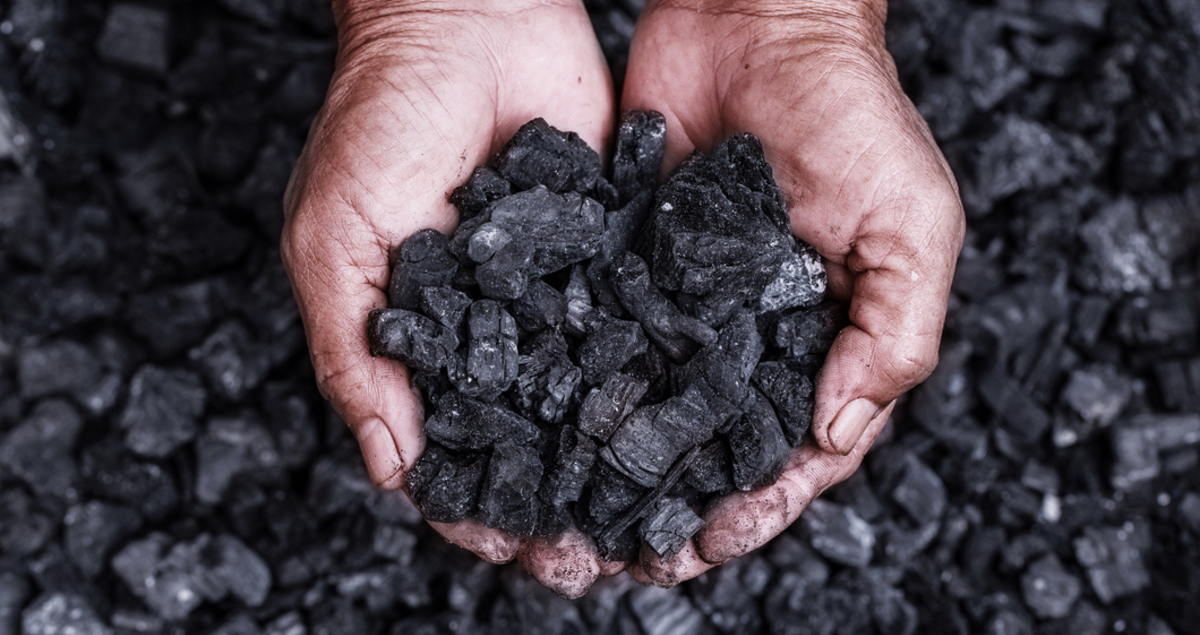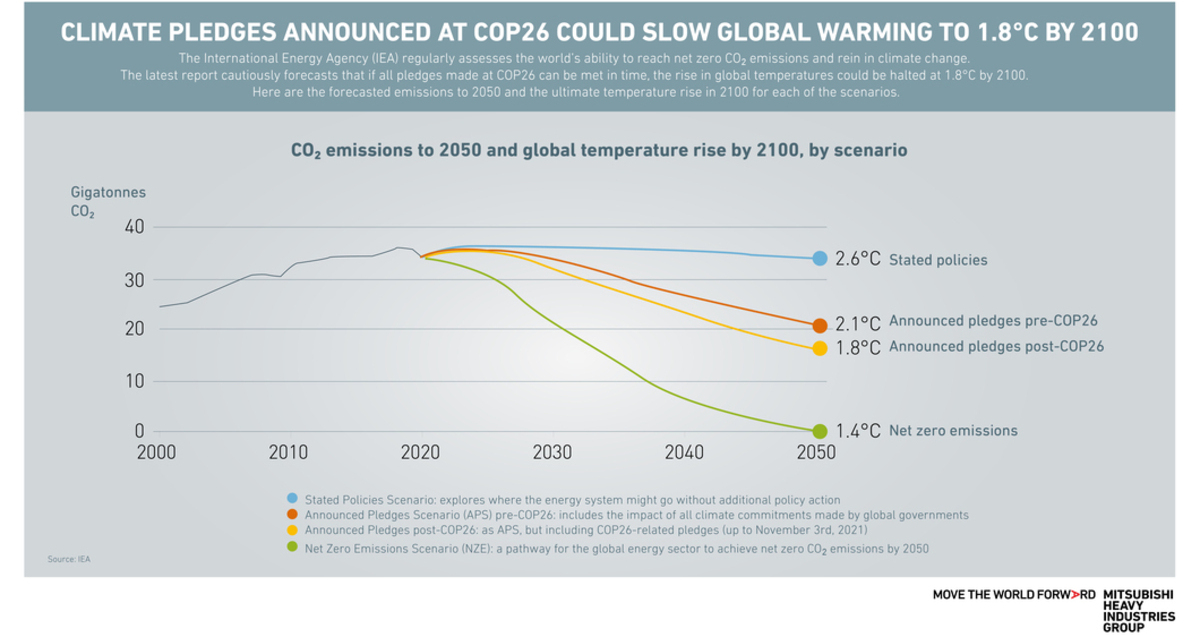8 breakthrough moments for the energy transition in 2021

Index
If there was ever going to be a momentous year for the energy transition, 2021 was set to be it.
The public focus on tackling climate change has heightened during the pandemic. And the energy transition — the shift from fossil fuels towards zero-carbon energy — has become a central part of public debate on the issue.
New net zero targets from governments and businesses led to commitments to move toward cleaner fuels such as hydrogen. Many of these plans were unveiled at the UN’s COP26 conference in Scotland in November, which acted as a rallying point for public and private initiatives to abate climate change.
Alongside these policies and targets, the costs for renewable power have continued to fall, while its share of the global energy mix has risen.
However, the energy transition also hit some major stumbling blocks in 2021. Here are eight key moments from the year, and how they will affect 2022 and beyond.
1. The IEA sets out its roadmap for net zero by 2050
The International Energy Agency (IEA) released its “Net Zero by 2050” report in May, calling it the first comprehensive roadmap for making energy systems across the planet carbon neutral by the middle of the century — a goal first set out in the 2015 Paris Agreement. Critically, the report moved the IEA scenario for achieving net zero emissions forward by two decades, putting pressure on the industry to make a much faster transition.
2. G-7 countries pledge to achieve net zero emissions by 2050
At June’s G-7 summit in the UK, the group of leading industrial nations resolved to halve emissions by 2030 compared with 2010, and to reach net zero by 2050. The pledges included improvements to climate finance and conserving a minimum of 30% of land and oceans by the end of this decade. But the group’s policymakers have their work cut out — 60% of G-7 members’ electricity supplies would need to be renewable to hit the 2030 goal, IEA modeling shows, but under current policies they will reach only 48%.

3. The global gas crunch reveals energy transition risks
The global shortage of natural gas that drove up prices in autumn 2021 threatened vital industries. Europe was most affected because of a drop in its renewable generation, which makes up about a fifth of the region’s energy mix. Several UK electricity suppliers folded, and industries such as steelmaking, fertilizer production and food and drink felt the crunch. This highlighted the potential economic disruptions if renewable yields fall at a time when other key fuel supplies are compromised.
4. Oil prices hit a three-year high
Following a sharp decline in oil demand in 2020 because of COVID-19, prices rebounded to a three-year high late last year. The main drivers were renewed consumption as economies recovered from the pandemic and a deal by OPEC+ members to reduce output. The group of oil-producing countries has since agreed to gradually increase its production, while the US has released emergency oil reserves to try and lower prices, and Asian countries, including Japan, are expected to follow suit in early 2022. The upward trend in oil and gas prices has reinforced the need for alternative generation sources in the global energy mix.

5. Nuclear revival
Nuclear made a strong return to the energy scene in 2021 as a potential source of reliable baseload power to balance demand and supply. The gas crunch led to the UK committing to become fossil fuel-free by 2035, relying on renewables and nuclear instead. The US, China, France and Russia have all highlighted nuclear as a key part of their decarbonization plans. And while Germany’s decommissioning of nuclear plants continued, the EU launched a consultation to reclassify some nuclear plants as green investments.
6. The end of fossil fuel subsidies and coal
After a “code red for humanity” from the UN over climate change, a lot of hope rested on COP26 to deliver on this call to action. While the conference did not put the world fully on course to limit global warming to 1.5°C by 2050 compared with pre-industrial levels, the Glasgow Climate Pact’s resolution to end fossil fuel subsidies — which amount to nearly $6 trillion — and phase down unabated coal use were major steps forward in the energy transition. This will have to be reflected in stronger targets for national emission reductions when countries return to the table at COP27 in Egypt this November.

7. Clarity on global carbon trading
Another significant achievement at COP26 was an agreement to tighten the rules on international carbon trading. Trading carbon credits allows emitters to offset the CO2 they generate against credits created by low-carbon projects. COP26 eliminated legal loopholes, which is expected to drive up carbon prices. This should in turn put pressure on the market to turn to alternatives such as CO₂ sequestration (carbon capture) technology and hydrogen.
8. Hydrogen's momentum continues
Hydrogen projects continued to gather pace and build on the momentum developed in 2020. More than 350 are planned worldwide, the Hydrogen Council reported in mid-2021. And over 30 countries have released hydrogen policy roadmaps, with total investments in the fuel expected to hover around $500 billion by the end of this decade. There was much talk of hydrogen at COP26, with the US-EU green steel deal — announced ahead of the event — providing a major boost for carbon-free production methods. Hydrogen can also help balance out power shortages, as surplus renewable energy generated during spells of low demand can be used to produce hydrogen to be put into storage — a critical option given last year’s gas crunch.
While many expected 2021 to bring greater progress on global warming, the advances made — and the international cooperation fostered to facilitate this — must not be underestimated. If all pledges made in the run-up to COP26 are honored, temperature increases could be limited to 1.8°C by 2100, the IEA says. This is more than the Paris Agreement’s 1.5°C target, but still below the deal’s upper limit of 2°C.

Discover more about the energy transition





